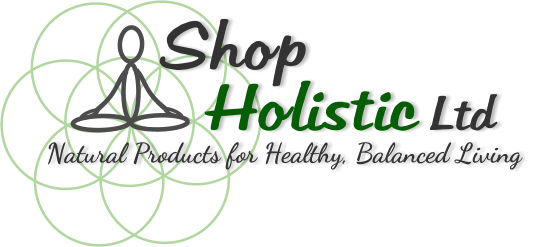Advice on Salt for Jala Neti Nasal Cleansing
Which Salt Should be used?
It is very important to use the correct salt for Jala Neti. It must be pure, non-iodised and should be as free from harmful anti-caking and free-flowing agents as possible. Almost all salt sold in supemarkets will have at least one additive such as anti-caking and free-flowing agents. The free-flowing agents are the worst and will cause stinging. Using basic Table and Cooking salt can cause long-term damage to the delicate insides of your nasal passages, and can do more harm than good. Coarse Sea Salt is an exception, but it takes quite a while to dissolve properly and is therefore not a very convenient option.
We offer 3 types of salt which suitable for Jala Neti for your convenience:
Neti Salt is pure-dried vacuum salt and is the purest salt available in the UK. It is not sea salt and is mined in Israel. It then goes through a purification and non-iodising process. Salt sold in supermarkets can contain up to 2% additives, ours contains approx 10 parts per million (0.001%) of anti-caking agent and this level is considered safe for Jala Neti use.
Our Fine Sea Salt is fine sea salt with absolutely NO additives.
Our salt comes direct from the Salt Union, after a painstaking search for suitable salt in the UK.
Our Extra-fine Himalayan Salt is powder fine, easy to dissolve and has no additives whatsoever. It is regarded as the best salt to use and consume due to its unique crystalline structure and abundance of minerals.
Sea salt has more traditionally been used for centuries in Ayurvedic and Yoga tradition of Jala Neti. The naturally-occuring trace sea minerals found in Sea Salt are said to be harmless and it is still very popular to be used today. However, more recently, some users are tending to prefer the more pure Neti Salt as this contains no sea minerals and potential pollution as it has minimal anti-caking agents it does not clump as the other salts do. But based upon customer feedback and our own experience, most who have tried it prefer the Himalayan Salt with quotes claiming it is 'velvety smooth' and much more comfortable than the other salts. It also dissolves a lot quicker due to it being finer.
It is also suggested by some healthcare professionals to 'buffer' the saline solution using a pinch of sodium bicarbonate. Again this must be pure with no additives. It is believed to have a soothing, alkalising and moisturising effect on the nasal passages, including having the benefit of the anti-fungal and other properties of sodium bicarbonate.
The choice is up to you. Whichever you choose, you will still feel the benefit of fresher, freer breathing and relief from many complaints!
We send out small salt samples of our Neti Salt with all of our Neti Pots, even the ones which are not our own brand.
HOW MUCH TO USE?
Traditionally in Yoga it has been advised to use an isotonic solution which means it is the same concentration of salt that is in our bodies. More recently, Neti is becoming more accepted by the medical profession and further medical research has been carried out and this suggests a hypertonic (greater solution than the body's) is more beneficial, particularly to benefit excess mucus production such as in Cystic Fibrosis.
We have found that it can also depend on your own comfort level, and suggest an absolute minimum of 1/4 teaspoon per 250ml (isotonic) up to 3/4 teaspoon per 250ml (hypertonic). Depending on your comfort, it maybe an idea to start at the isotonic level and work gradually upwards.
It is important you do not use a solution less than the isotonic level as this can cause damage and is generally the actual cause of any discomfort felt.
This information is based upon personal research and experience, and is aimed at helping you with your purchases. It is in no way intended to replace the advice of a Medical Professional.


